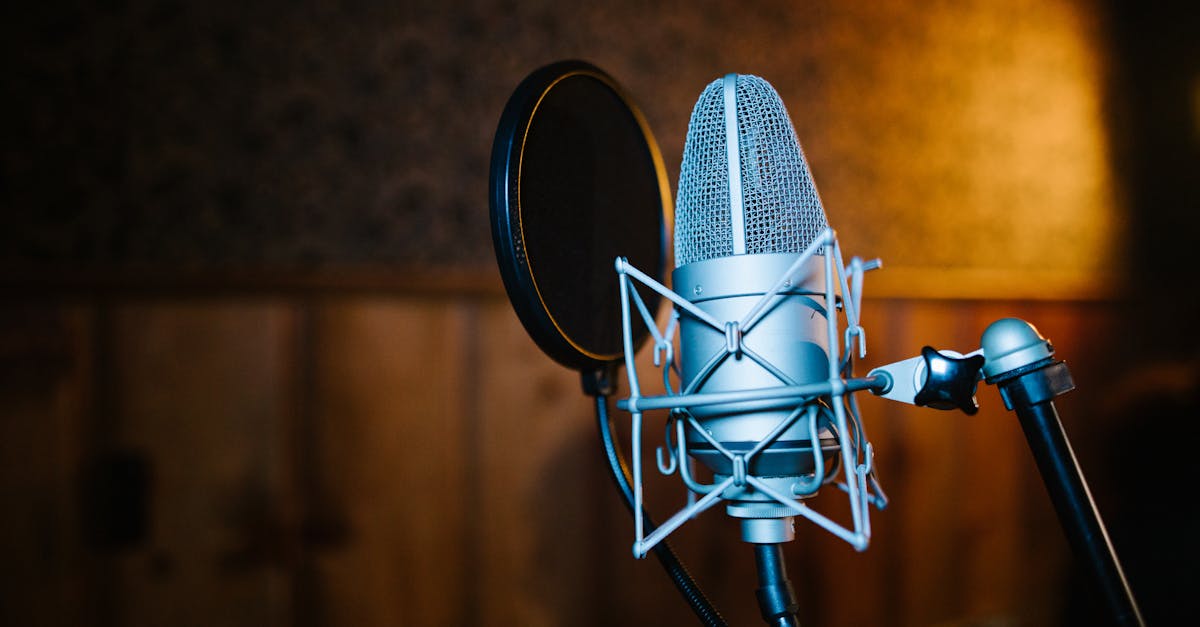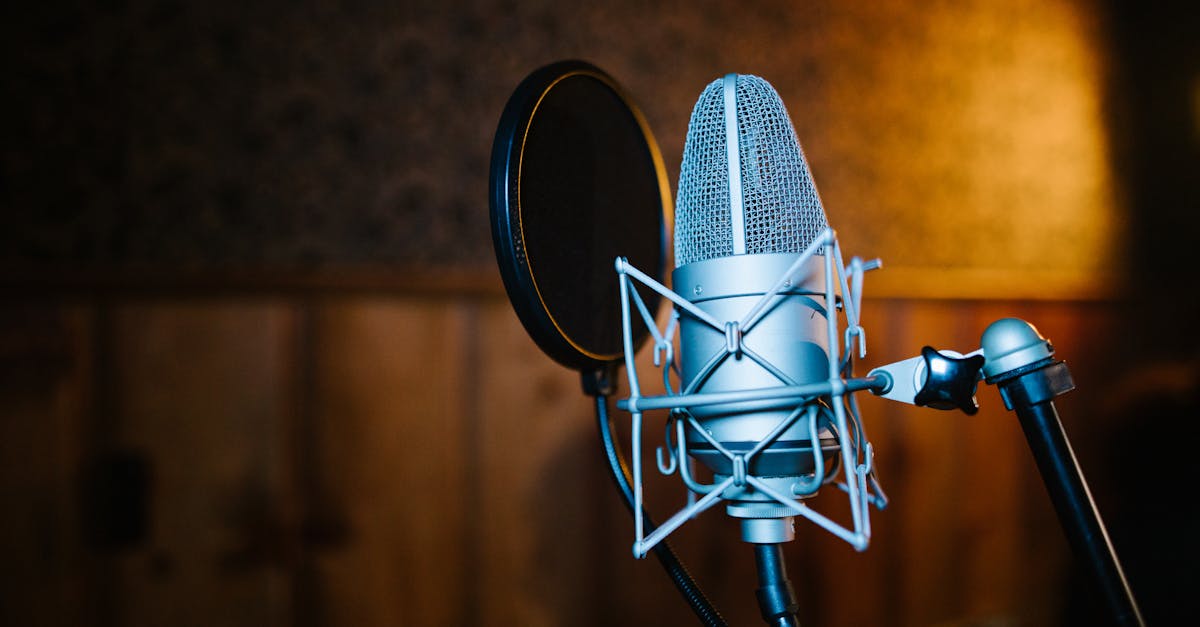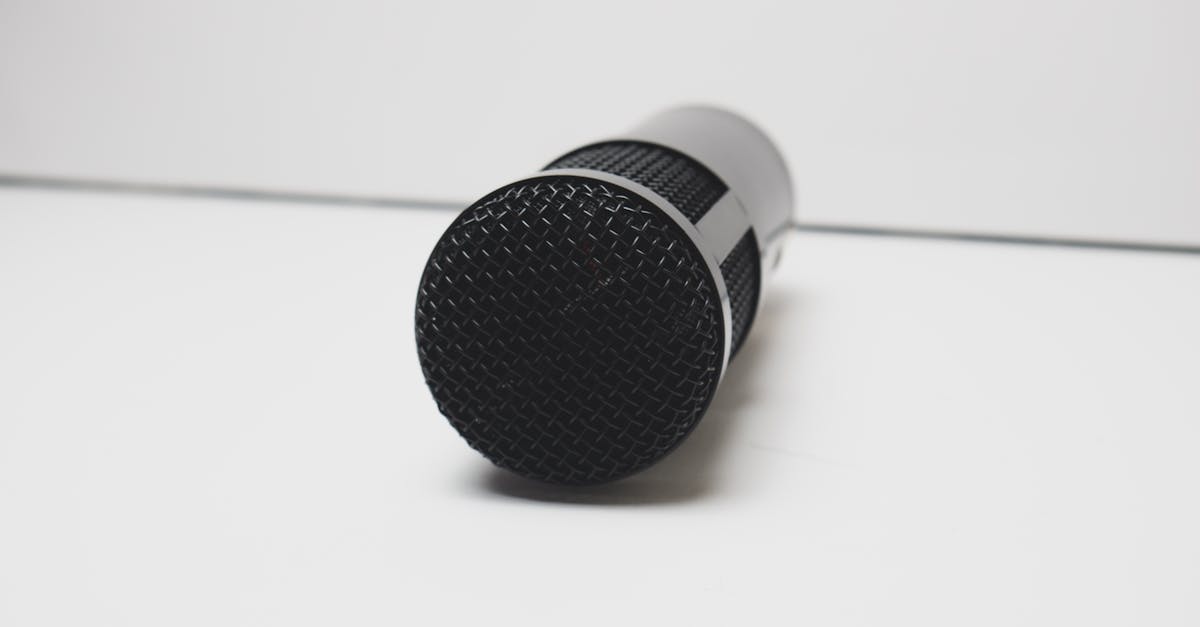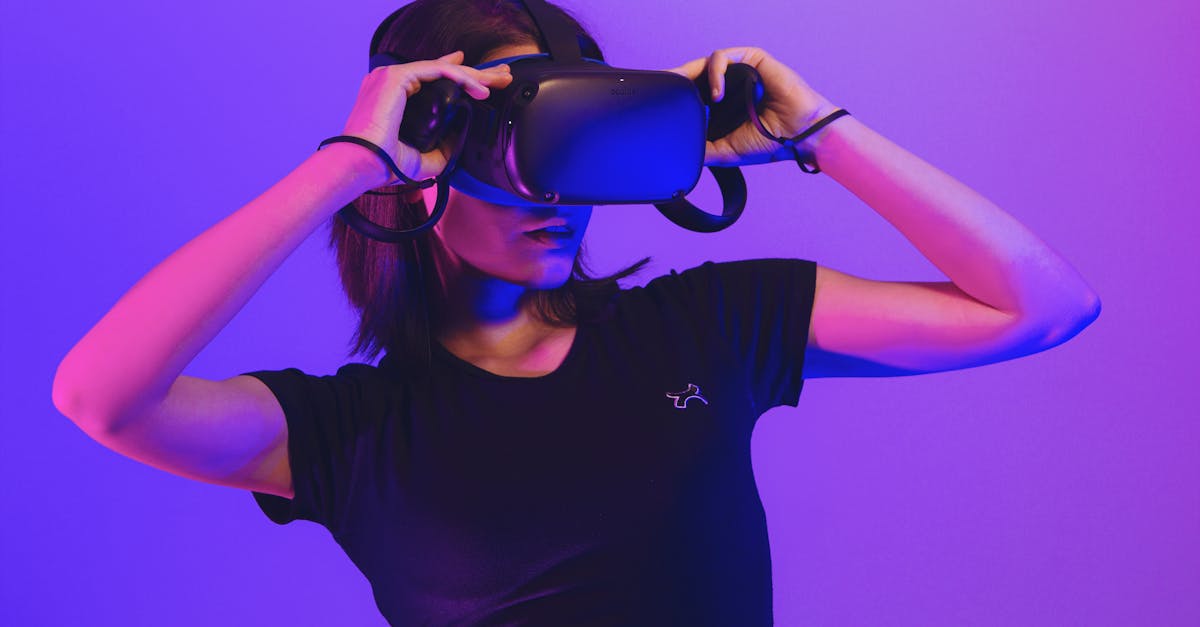Exploring 2025 Audio Renewal Reverb Trends
Introduction
In the rapidly evolving world of audio technology, 2025 marks a pivotal year for innovations in reverb. The concept of reverb has always played a critical role in music production, but recent advancements have taken it to new heights. These developments are reshaping how artists, producers, and listeners perceive and engage with sound. Understanding these changes provides insights into the future landscape of audio production. As technology evolves, traditional boundaries blur, offering unprecedented creative opportunities. Dive deep into the world of 2025’s Audio Renewal Reverb and discover how it is transforming the audio experience for everyone involved.
Advertisement
What is Audio Renewal Reverb?
Audio Renewal Reverb refers to the latest advancements in simulating and enhancing echo effects in audio technology as of 2025. Reverb is the persistence of sound after it is produced, typically perceived as echoes. These updated technologies use sophisticated algorithms and AI-driven processes to create more natural, immersive, and dynamic reverberations. The goal is to replicate the acoustics of real-world environments with greater precision and creativity. This shift means that sound engineers can push their craft forward, taking listeners on an unexpected sonic journey.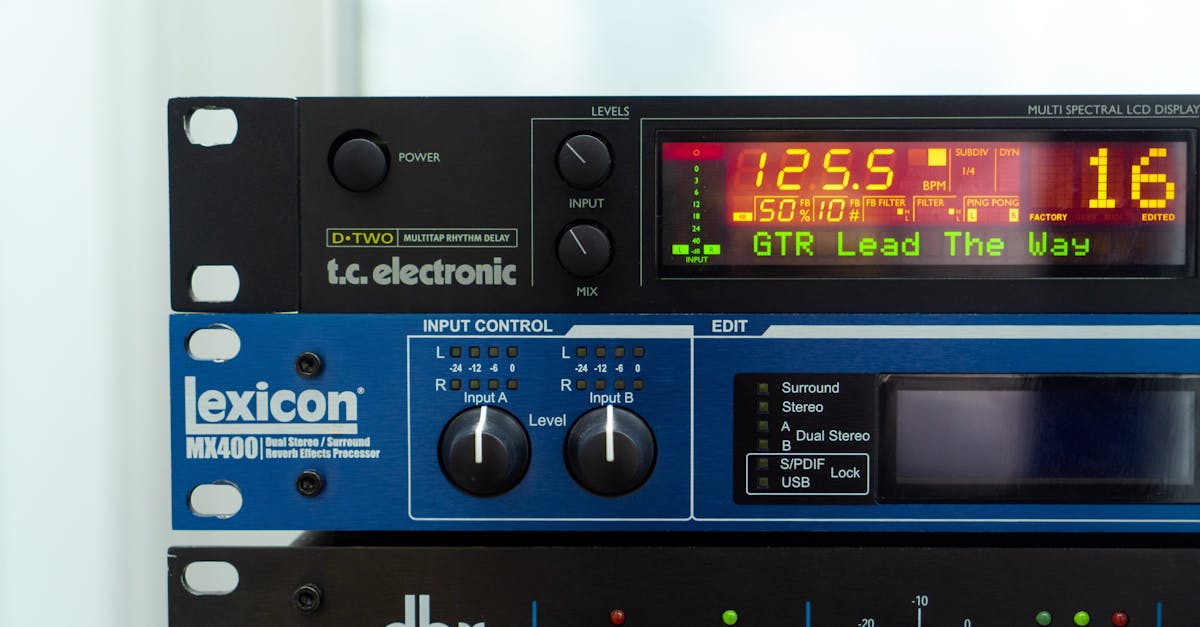
Advertisement
The Role of AI in Reverb Evolution
AI technologies have been instrumental in the transformation of reverb by refining how sound is manipulated and perceived. Through machine learning, AI models can analyze vast datasets of acoustic environments, creating more nuanced and realistic reverberations. Innovations in AI allow producers to customize reverb effects with unrivaled precision. Artists now have the tools to sculpt their soundscapes in ways previously unattainable, achieving richness and depth that significantly enhance the audio experience.
Advertisement
Real-World Applications
One of the most exciting aspects of the 2025 Audio Renewal Reverb is its application across various sectors. The technology finds its use in music production, where it helps artists evoke particular atmospheres and emotions. Film and gaming industries benefit greatly from these advancements, as enhanced reverb can build immersive worlds. Even virtual reality platforms leverage this technology to make digital environments feel more real. The versatility of 2025’s reverb technology underscores its transformative potential across diverse domains.
Advertisement
Enhanced Listening Experiences
With the introduction of these developments, listeners can expect an elevated auditory experience. Music that employs Audio Renewal Reverb can deliver richer, fuller sounds, drawing listeners deeper into the artist's vision. The clarity and depth of reverb utilized in contemporary compositions make music more engaging and emotionally resonant. This enhanced experience has led to a renewed appreciation for sound production nuances, as listeners begin recognizing the power of reverb’s subtle shifts.
Advertisement
Environmental Reverb Innovation
A significant trend in 2025’s Audio Renewal Reverb involves the simulation of real-world acoustic environments. This focus has led to innovations that allow sound engineers to transport listeners to iconic venues like concert halls or cathedrals, all from the comfort of their headphones. These realistic simulations offer an unprecedented level of immersion, blurring the line between live and recorded performances. Artists can now effortlessly match the acoustics of these legendary venues in their work.
Advertisement
Sustainability in Reverb Technology
As technology advances, there is a growing emphasis on sustainability that can also be seen in the development of reverb effects. Modern reverb processing systems emphasize energy-efficient algorithms that reduce the carbon footprint of sound production. Additionally, virtual environments reduce the necessity for physical travel, as artists can recreate acoustic signatures from significant locations. This shift highlights the industry's commitment to environmental responsibility while maintaining innovative momentum.
Advertisement
The Collaborative Power of Reverb
Audio Renewal Reverb has also introduced new avenues for collaboration among artists and producers. These technologies foster environments where creators can easily share acoustic settings and sound design, enhancing collaborative efforts on global scales. This sharing capability breaks geographical constraints, enabling unique and innovative artistic endeavors. As musicians and producers continue to explore reverb’s potential, collective creativity flourishes, leading to more captivating audio productions.
Advertisement
Challenges and Potential Problems
Despite its many benefits, Audio Renewal Reverb is not without challenges. The complexity of new technologies requires fresh learning curves for professionals in the field. There is also the risk of over-dependence on technology, potentially stifling creativity. Furthermore, intellectual property issues arise with the replication of iconic acoustic environments. These concerns emphasize the need for industry standards that balance technological advancement against ethical considerations.
Advertisement
Conclusion
The exploration of 2025 Audio Renewal Reverb reveals a dynamic landscape of audio production and appreciation. As AI and environmental simulations transform reverb technology, artists and listeners alike stand at the brink of a new sonic era. Enhanced production capabilities offer unparalleled creativity and collaboration opportunities, shaping the future of audio content. With sustainability and ethical concerns also in focus, this evolving technology promises a world of sound rich in possibilities. Future advancements will only strengthen the bond between technology and creativity, echoing throughout the world of audio.
Advertisement

